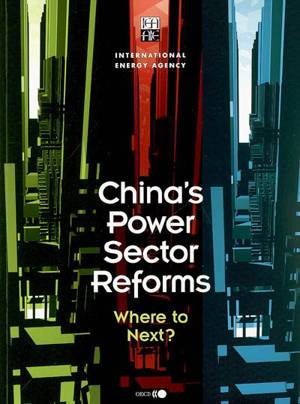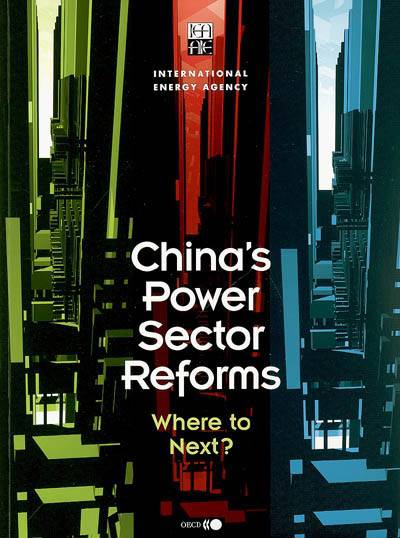
- Retrait gratuit dans votre magasin Club
- 7.000.000 titres dans notre catalogue
- Payer en toute sécurité
- Toujours un magasin près de chez vous
- Retrait gratuit dans votre magasin Club
- 7.000.0000 titres dans notre catalogue
- Payer en toute sécurité
- Toujours un magasin près de chez vous
China's Power Sector Reforms, Where to Next?
where to next ?
Organization for Economic Cooperation & DevelopmentDescription
With the fastest growing energy demand in the world, China is now the largest electricity consumer after the United States. In 2005, China added the equivalent of all the power plants in Norway and Sweden to its electricity generating capacity - and its remarkable demand growth shows no sign of abating. To continue to build its booming economy, the country must keep its lights on and its factories, buildings and trains operating. No one questions China's ability or determination to do this. But how can the government best assure affordable and environmentally sustainable electricity supply in the future?
The Chinese government has initiated electricity sector reforms to overhaul an antiquated system and attain new energy security and environmental objectives. How China proceeds with these reforms will have lasting consequences, both locally and globally.
Assessing the current state of electricity regulation in China, this report draws on experience elsewhere to explore how better to develop and communicate strategy, how to moderate growth in demand through increased efficiency, how to integrate environmental goals into planning and operation, how to ensure sufficient supply when and where it is needed, and how to handle institutional and governance challenges. In this respect, electricity sector reform in other countries offers valuable lessons as to how China might proceed. As it describes perspectives and challenges for the Chinese power sector, China's Power Sector Reforms: Where to next? is a useful tool for policy makers and business leaders.
Spécifications
Parties prenantes
- Auteur(s) :
- Editeur:
Contenu
- Nombre de pages :
- 158
- Langue:
- Anglais
Caractéristiques
- EAN:
- 9789264109810
- Date de parution :
- 10-07-06
- Format:
- Livre broché
- Dimensions :
- 200 mm x 270 mm
- Poids :
- 430 g

Les avis
Nous publions uniquement les avis qui respectent les conditions requises. Consultez nos conditions pour les avis.






